Home>Kitchen & Cooking>Kitchen Gadgets & Utensils>How To Clean A Kettle With White Vinegar
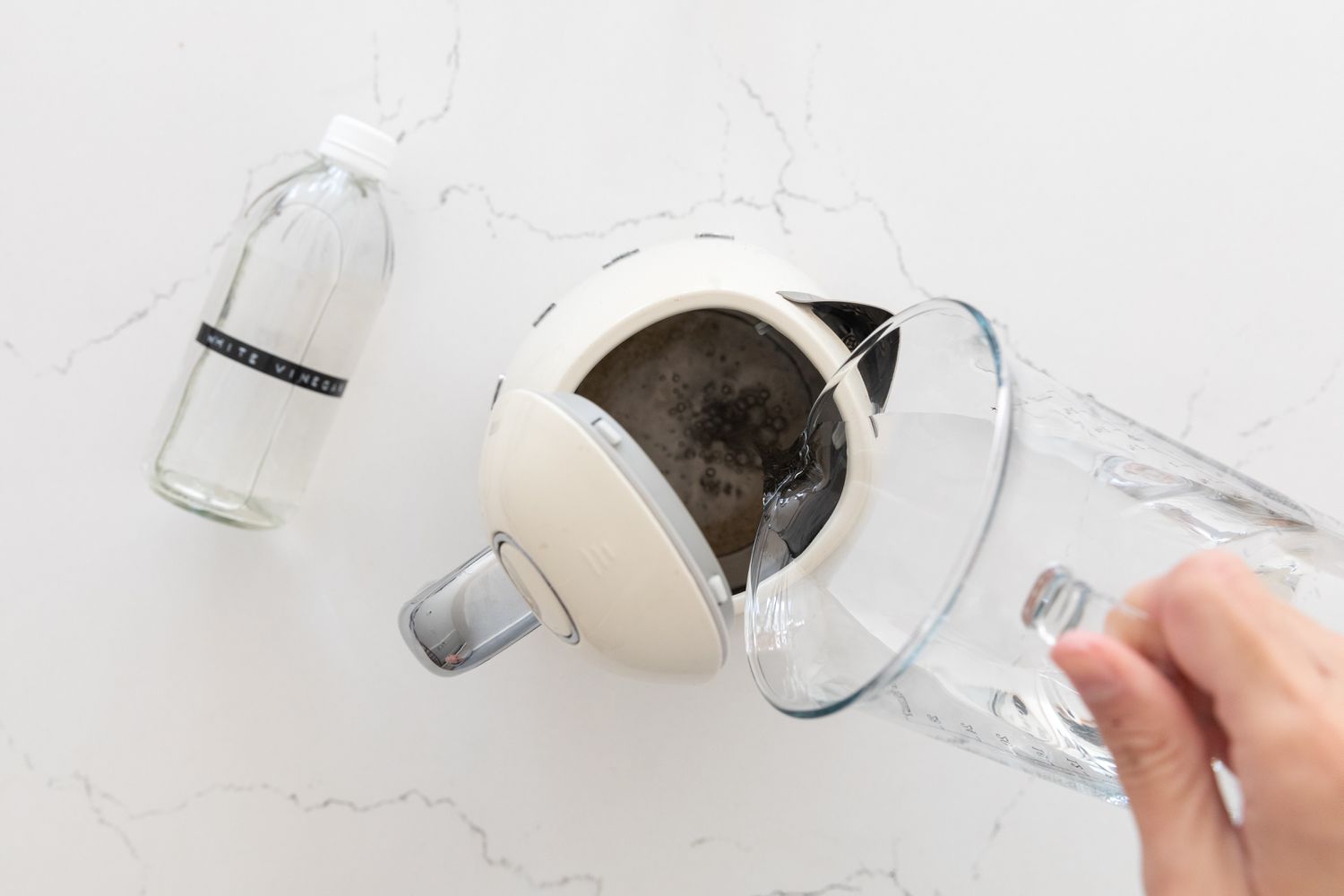

Kitchen Gadgets & Utensils
How To Clean A Kettle With White Vinegar
Modified: October 27, 2024
Learn how to effectively clean your kitchen gadgets and utensils with white vinegar. Discover the best techniques for maintaining a sparkling clean kettle. Keep your kitchen essentials in top condition with these simple tips.
(Many of the links in this article redirect to a specific reviewed product. Your purchase of these products through affiliate links helps to generate commission for Storables.com, at no extra cost. Learn more)
Introduction
Welcome to the ultimate guide on how to clean a kettle with white vinegar! Over time, kettles can accumulate mineral deposits and limescale, which not only affect the taste of your hot beverages but also diminish the efficiency of the appliance. Fortunately, cleaning your kettle with white vinegar is a simple, cost-effective, and eco-friendly solution that can restore it to its pristine condition.
In this comprehensive guide, we will walk you through the step-by-step process of using white vinegar to descale and clean your kettle. Additionally, we will share valuable tips to ensure that your kettle remains in top-notch condition for years to come. Whether you are an avid tea drinker, a coffee connoisseur, or simply someone who enjoys the convenience of a hot water kettle, maintaining its cleanliness is essential for a delightful and hygienic experience.
So, grab your white vinegar and let's dive into the world of kettle cleaning!
Key Takeaways:
- Keep your kettle clean and efficient by descaling it with white vinegar. This simple, cost-effective, and eco-friendly solution ensures pure, flavorful hot water for your favorite beverages.
- Regular maintenance, exterior cleaning, and using filtered water can prolong your kettle’s life and enhance the quality of your hot beverages. Cheers to a spotless and odor-free kettle!
Read more: How To Clean A Kettle Without Vinegar
Materials Needed
Before embarking on the kettle-cleaning journey, it’s important to gather the necessary materials to ensure a smooth and effective process. Here’s what you’ll need:
- White Vinegar: This versatile household staple is the star of the show when it comes to descaling and cleaning kettles. White vinegar’s acidic properties make it highly effective in breaking down mineral deposits and limescale.
- Water: You’ll need water to combine with the white vinegar for the cleaning solution. Using a specific ratio of water to vinegar is crucial for optimal results.
- Sponge or Soft Cloth: A non-abrasive sponge or soft cloth will be used to wipe down the interior and exterior of the kettle, ensuring that all residue is thoroughly removed.
- Time: While not a physical material, time is an essential component of the cleaning process. Set aside some time for the vinegar solution to work its magic and dissolve the buildup inside the kettle.
- Optional: Baking Soda: In some cases, baking soda can be used in conjunction with white vinegar to tackle stubborn stains and odors. It’s a natural abrasive that can enhance the cleaning power of the vinegar solution.
With these materials at your disposal, you’re well-equipped to revitalize your kettle and ensure that it continues to deliver pure, flavorful hot water for your favorite beverages.
Steps to Clean a Kettle with White Vinegar
Cleaning your kettle with white vinegar is a straightforward process that yields impressive results. Follow these simple steps to restore your kettle to its former glory:
- Prepare the Cleaning Solution: Begin by filling the kettle with equal parts white vinegar and water. The amount will depend on the size of your kettle, but a 1:1 ratio is typically effective. If desired, you can add a few tablespoons of baking soda to enhance the cleaning power of the solution.
- Boil the Solution: Place the kettle on the stove or plug it into an electrical outlet and bring the vinegar and water solution to a boil. Allow the solution to boil for a few minutes, giving the acidic properties of the vinegar ample time to break down the mineral deposits and limescale inside the kettle.
- Let It Sit: After boiling, turn off the heat and allow the solution to sit inside the kettle for at least 15-30 minutes. This extended contact time will further loosen and dissolve any stubborn buildup, making it easier to clean.
- Scrub the Interior: Using a non-abrasive sponge or soft cloth, gently scrub the interior of the kettle to dislodge any remaining residue. Pay particular attention to areas with heavy limescale buildup. For stubborn spots, a paste of baking soda and water can be applied to enhance the cleaning process.
- Rinse Thoroughly: Once the interior of the kettle is clean, thoroughly rinse it with water multiple times to ensure that all traces of vinegar and residue are removed. It’s crucial to eliminate any lingering vinegar smell or taste from the kettle to prevent it from affecting the flavor of future beverages.
- Boil Fresh Water: To further eliminate any residual vinegar, fill the kettle with fresh water and bring it to a boil. Discard the boiled water and repeat this step if necessary until the vinegar scent is completely gone.
- Dry and Reassemble: Finally, dry the kettle with a clean towel and reassemble any removable components. Your kettle is now sparkling clean and ready to be used for brewing your favorite hot drinks!
By following these steps, you can effectively remove limescale and mineral deposits from your kettle, ensuring that it operates efficiently and produces clean, pure-tasting hot water.
Fill the kettle with equal parts water and white vinegar. Boil the solution, then let it sit for an hour. Rinse thoroughly with water. Repeat if necessary.
Additional Tips
For those seeking to elevate their kettle-cleaning prowess, consider incorporating the following additional tips to maintain the pristine condition of your appliance:
- Regular Maintenance: To prevent excessive limescale buildup, consider descaling your kettle with white vinegar on a regular basis, especially if you live in an area with hard water. This proactive approach can prolong the life of your kettle and ensure that it continues to function optimally.
- Use Lemon for Aroma: If the scent of vinegar lingers after cleaning, you can boil water with a few slices of lemon to infuse a refreshing citrus aroma into the kettle. This not only eliminates any residual vinegar odor but also imparts a delightful fragrance to your hot beverages.
- Exterior Cleaning: While focusing on the interior of the kettle is essential, don’t overlook the exterior. Wipe down the outside of the kettle with a damp cloth to remove any fingerprints, stains, or grease, maintaining its overall cleanliness and visual appeal.
- Filtered Water: Using filtered water in your kettle can help minimize mineral deposits and limescale, reducing the frequency of deep cleaning with white vinegar. Additionally, filtered water can enhance the taste and clarity of your hot beverages.
- Empty the Kettle After Use: Once you’ve boiled water for your beverage, be sure to empty any remaining water from the kettle after each use. This simple habit prevents stagnant water from contributing to mineral buildup and ensures that your next batch of hot water is fresh and clean.
- Consider a Descaling Product: In addition to white vinegar, specialized descaling products designed for kettles are available on the market. These products offer a convenient alternative for those who prefer a ready-to-use solution for tackling limescale and mineral deposits.
By implementing these additional tips, you can maintain a spotless and odor-free kettle while enhancing the overall quality of your hot water and beverages. With regular care and attention, your kettle will continue to be a reliable companion for brewing delightful drinks.
Conclusion
Cleaning your kettle with white vinegar is a simple yet impactful way to ensure that it remains free from limescale, mineral deposits, and lingering odors. By following the steps outlined in this guide and incorporating the additional tips, you can maintain a sparkling clean kettle that consistently delivers pure, flavorful hot water for your favorite beverages.
Regular descaling with white vinegar not only enhances the performance and longevity of your kettle but also contributes to the overall enjoyment of your hot drinks. The removal of mineral buildup ensures that the water heats efficiently, and the absence of lingering odors guarantees that your beverages retain their natural flavors.
Remember, a well-maintained kettle is not only a functional appliance but also a key player in the ritual of preparing and savoring hot beverages. Whether it’s a soothing cup of tea, a robust mug of coffee, or a comforting bowl of instant noodles, the cleanliness of your kettle directly impacts the quality of the end product.
So, the next time you reach for your kettle, take a moment to appreciate the impact of a thorough cleaning with white vinegar. Not only does it rejuvenate the appliance, but it also contributes to the overall sensory experience of enjoying a perfectly brewed beverage.
With these insights and techniques at your disposal, you are well-equipped to maintain a pristine kettle that elevates the art of hot beverage preparation. Cheers to a clean and efficient kettle, and to the delightful moments it helps create!
Frequently Asked Questions about How To Clean A Kettle With White Vinegar
Was this page helpful?
At Storables.com, we guarantee accurate and reliable information. Our content, validated by Expert Board Contributors, is crafted following stringent Editorial Policies. We're committed to providing you with well-researched, expert-backed insights for all your informational needs.
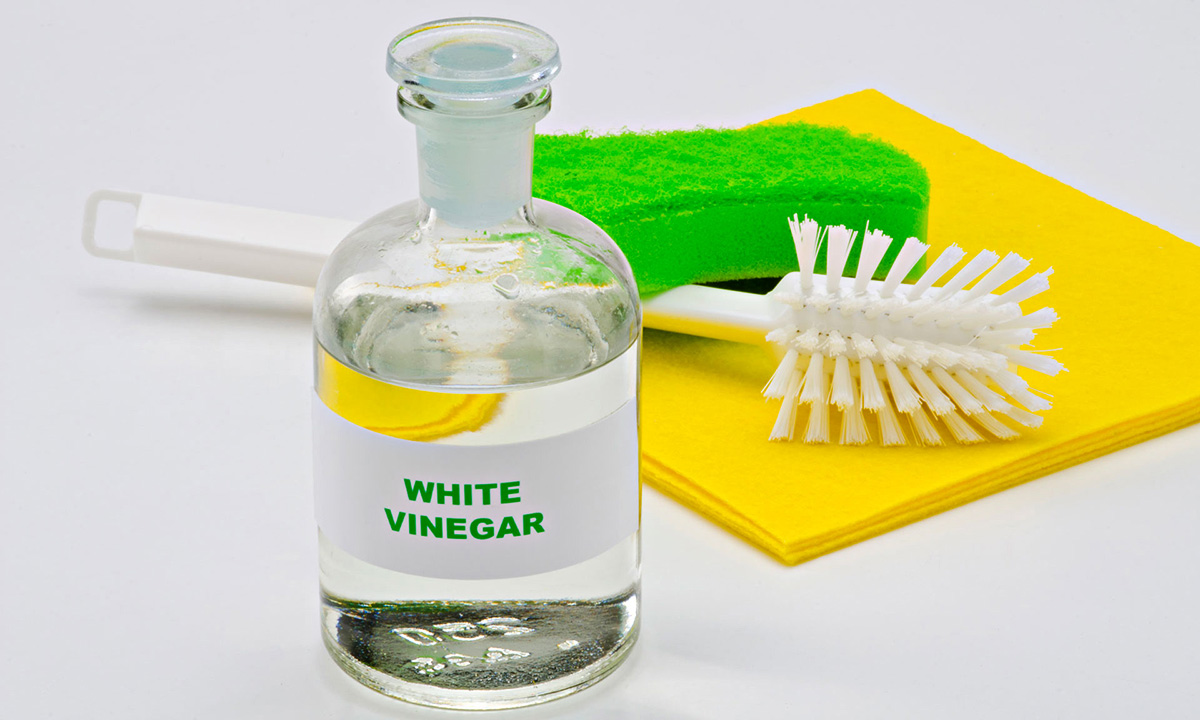
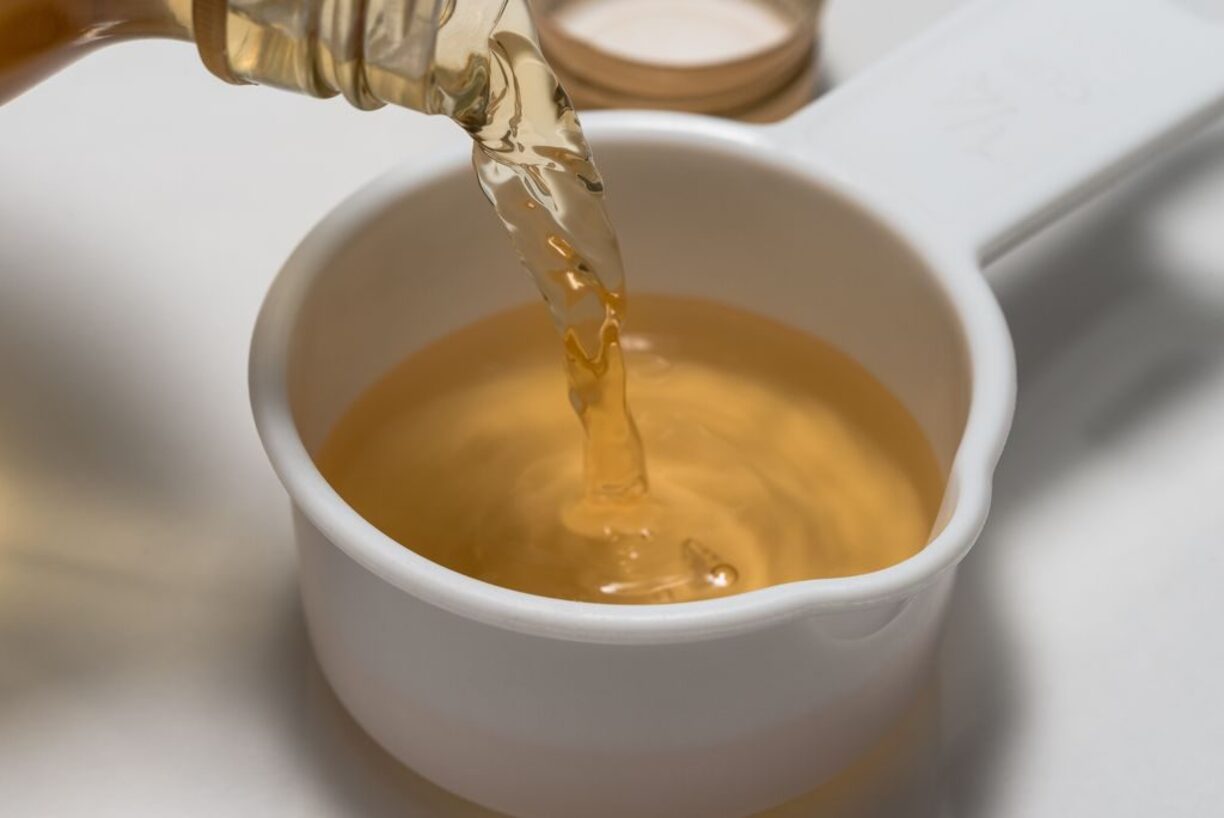
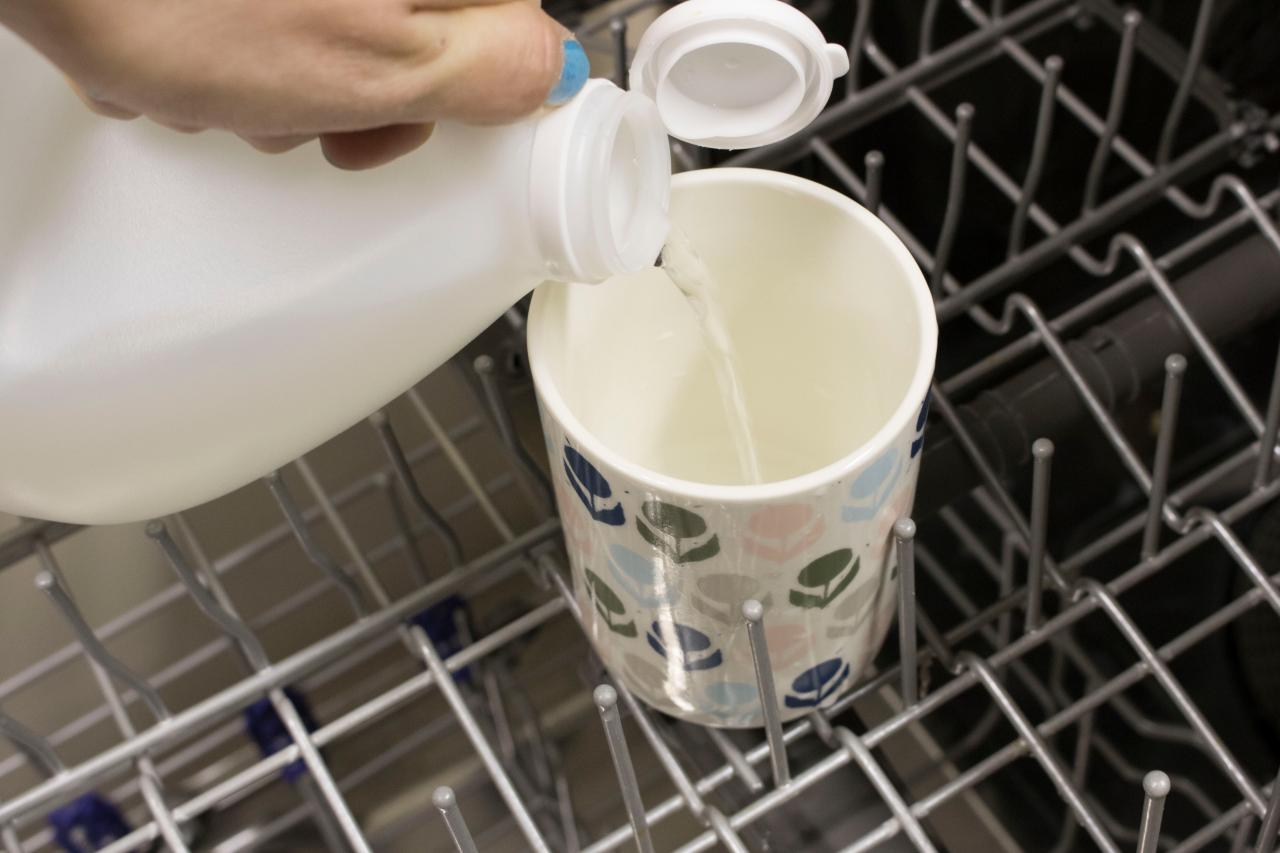
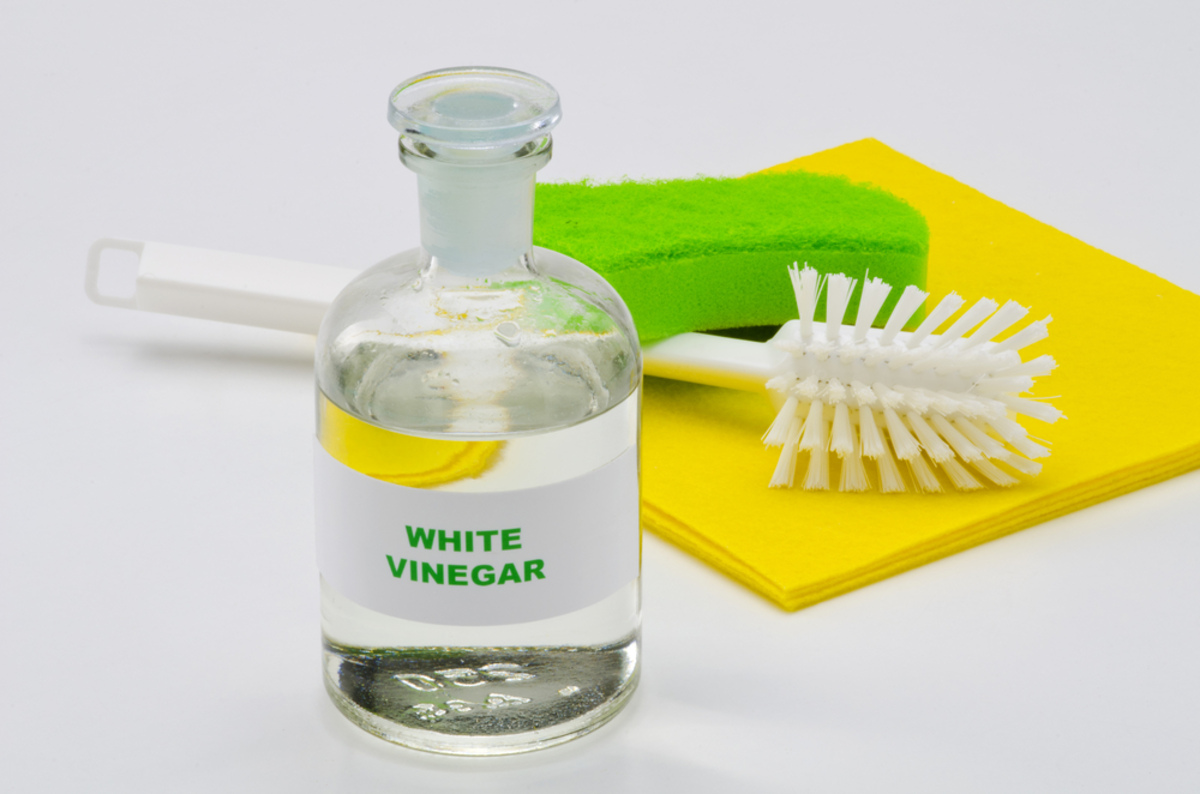
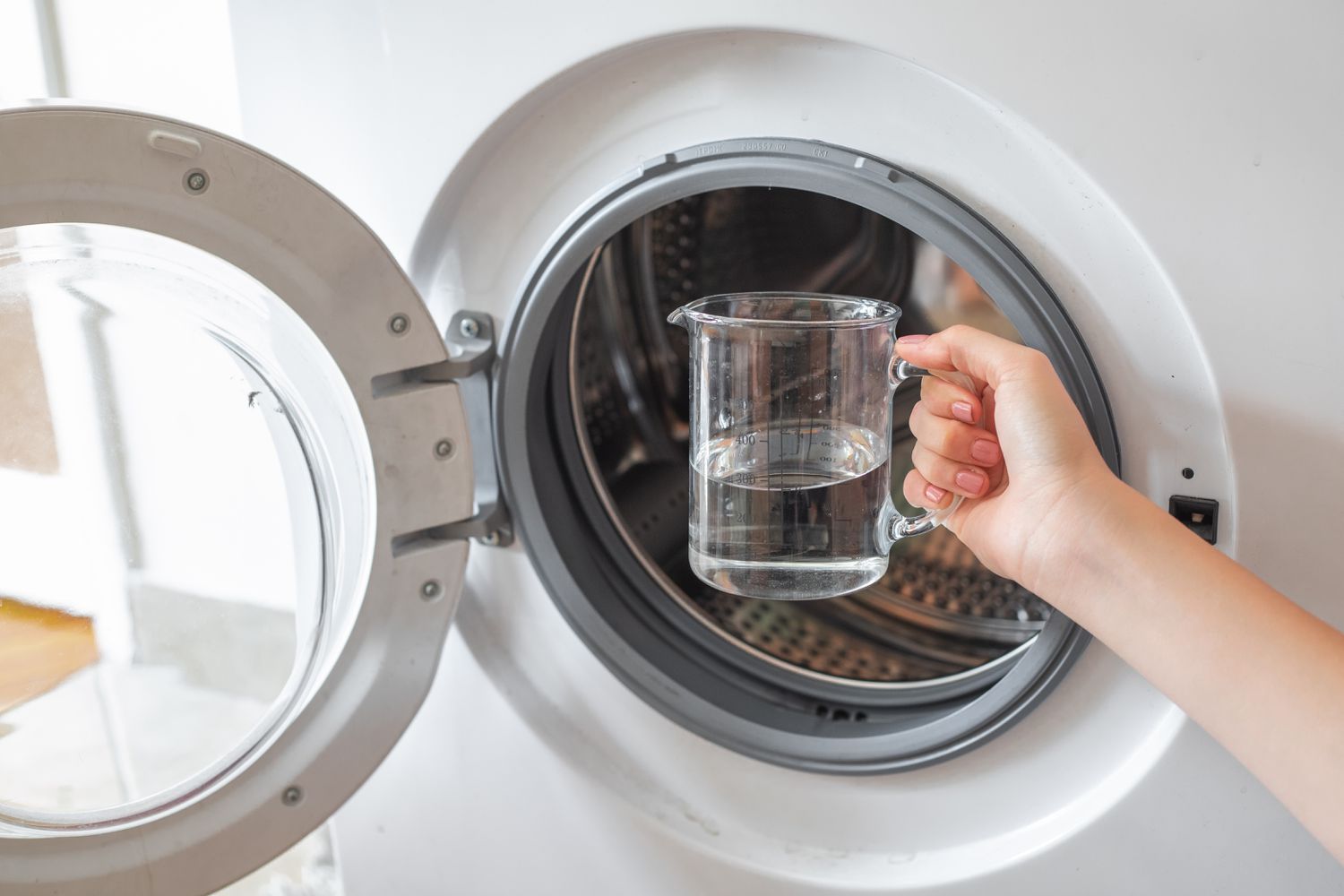
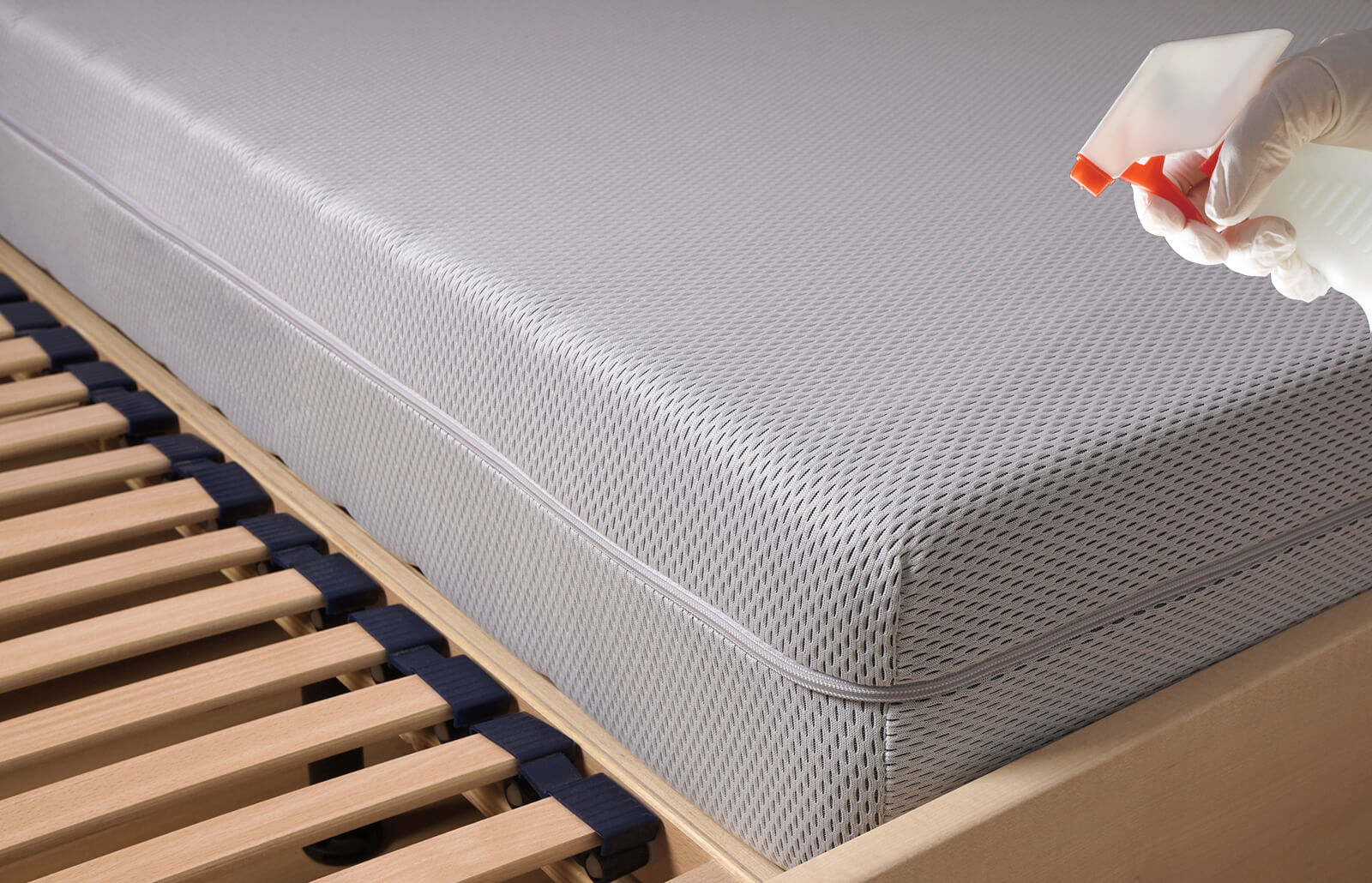
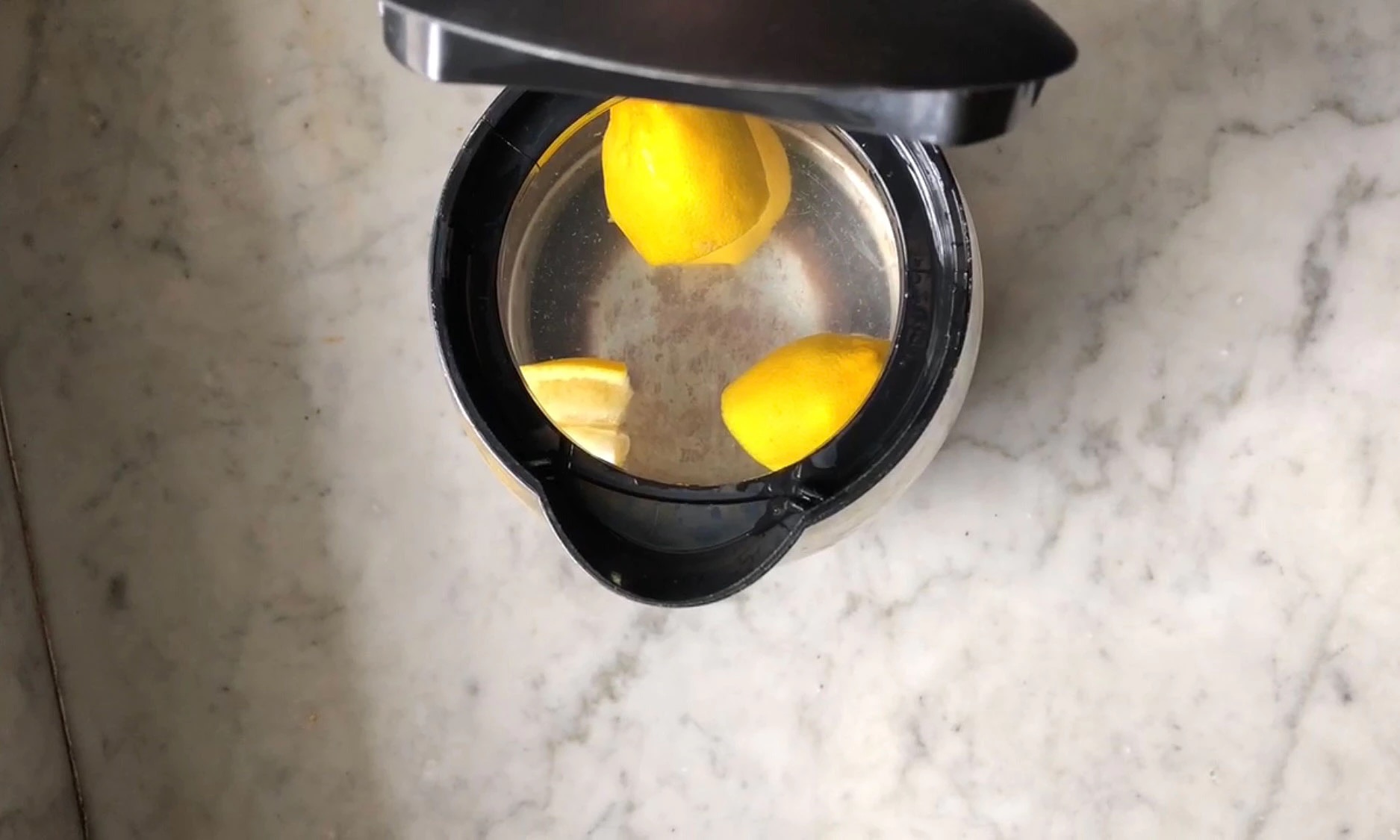
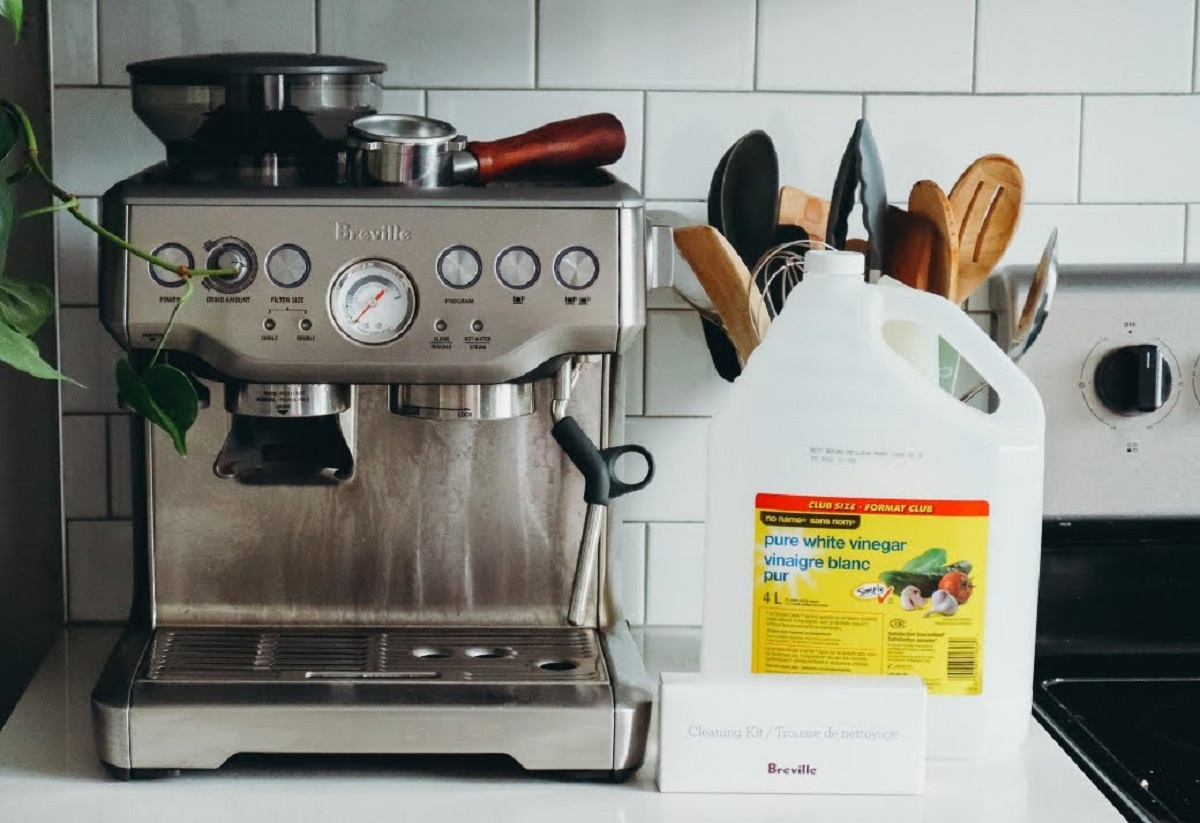

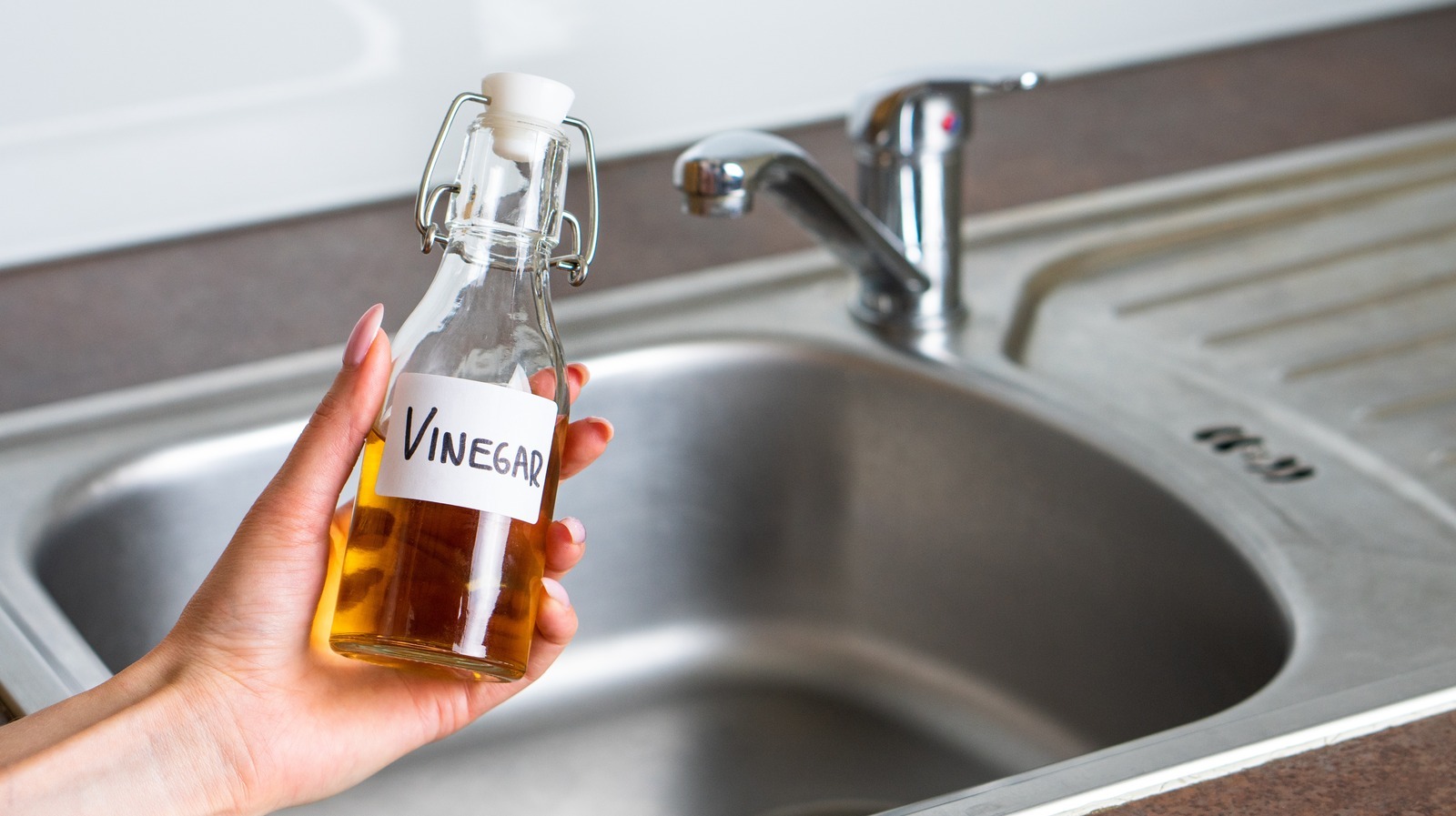
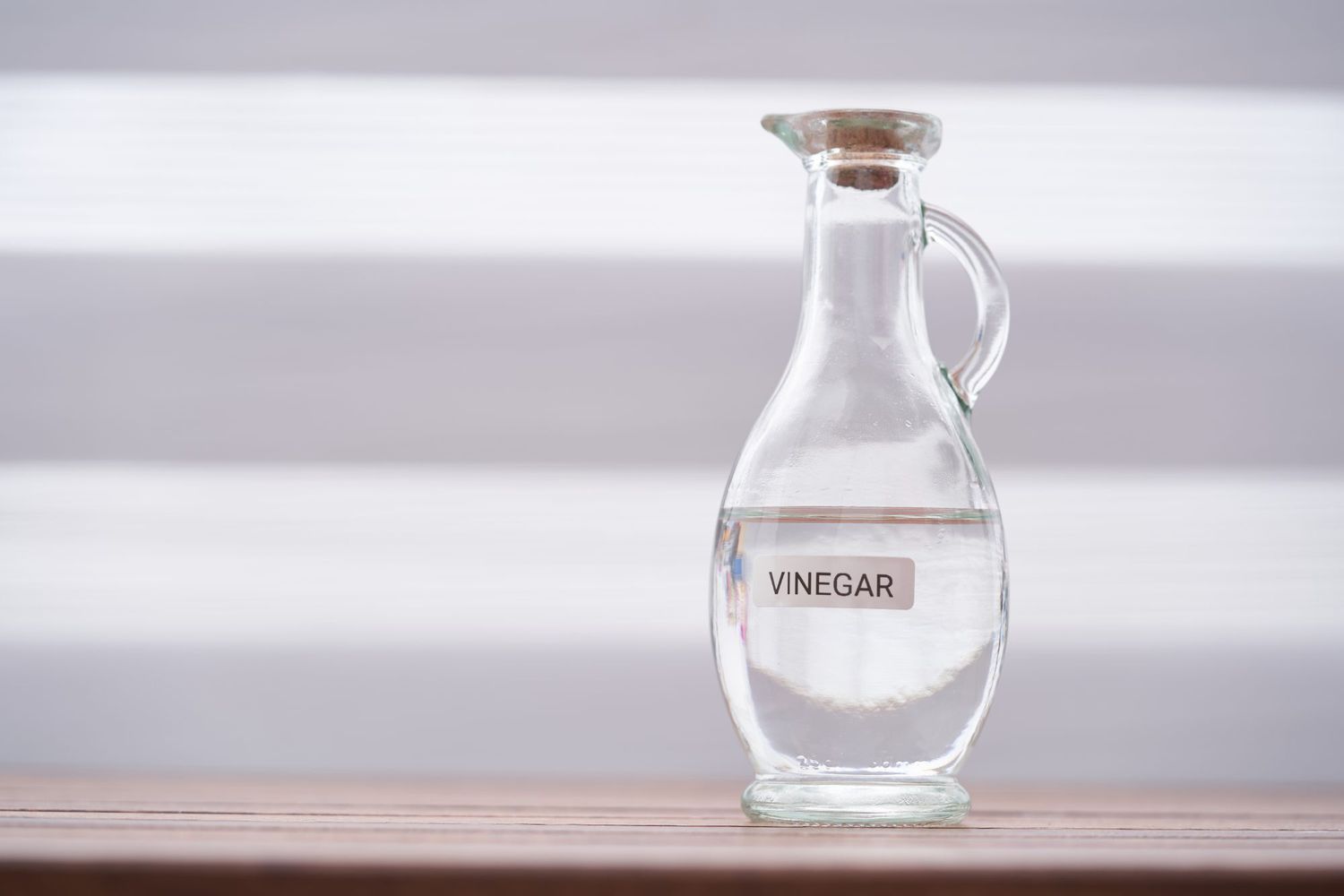
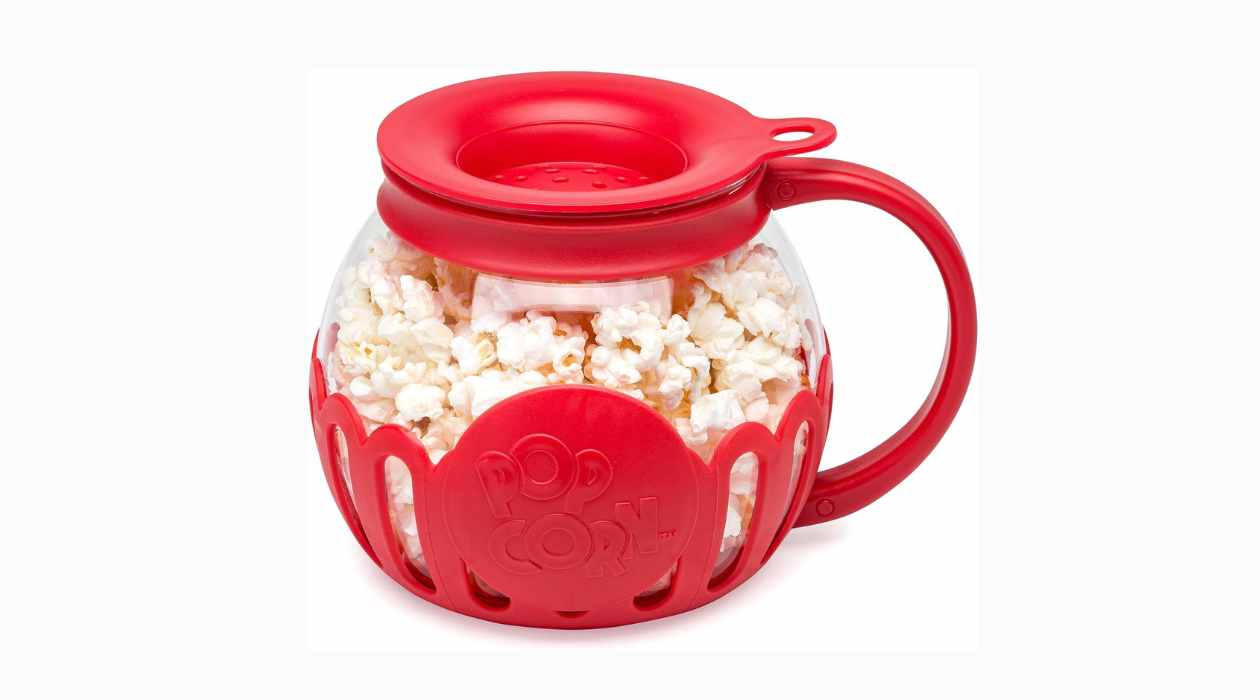
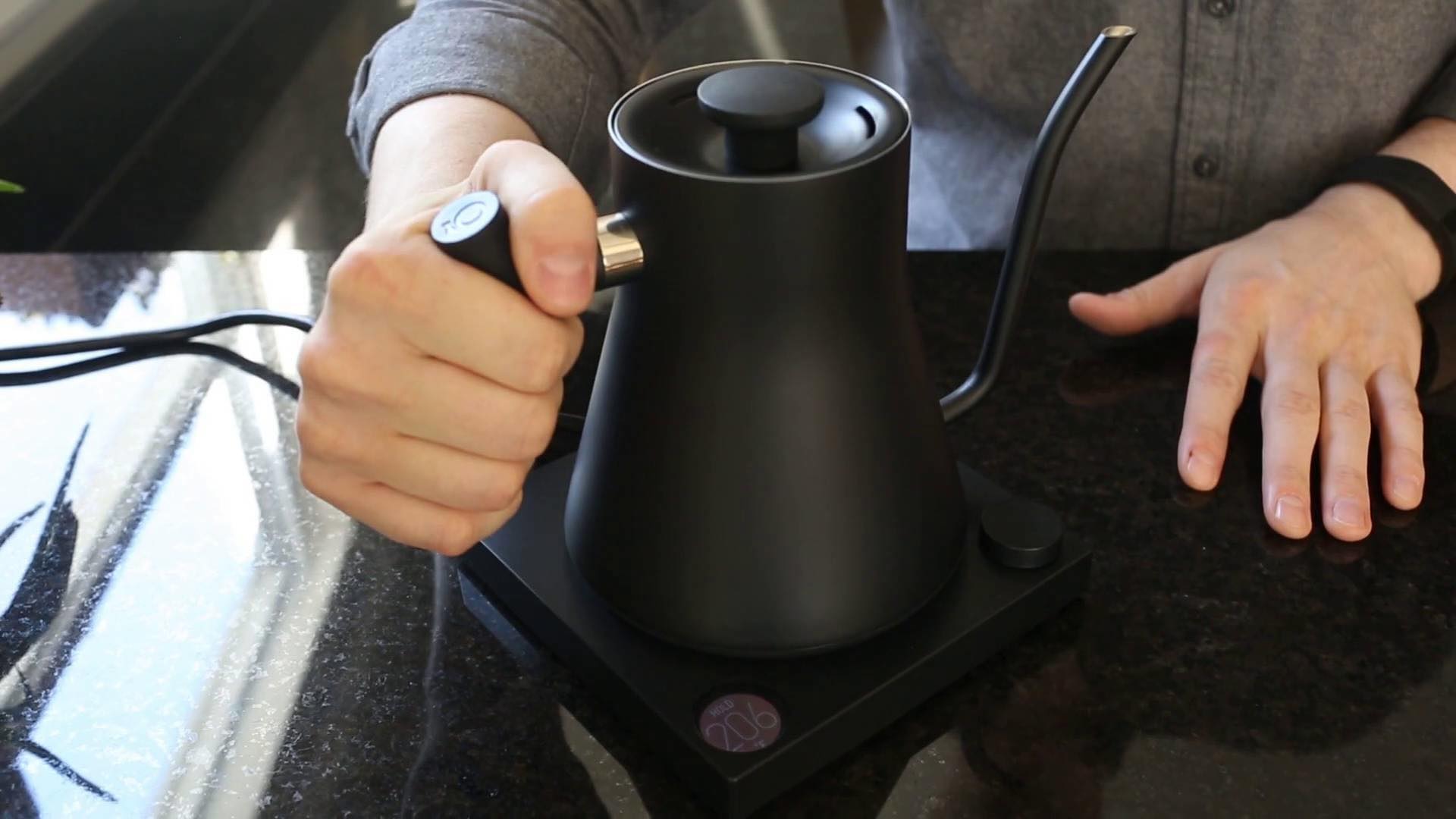
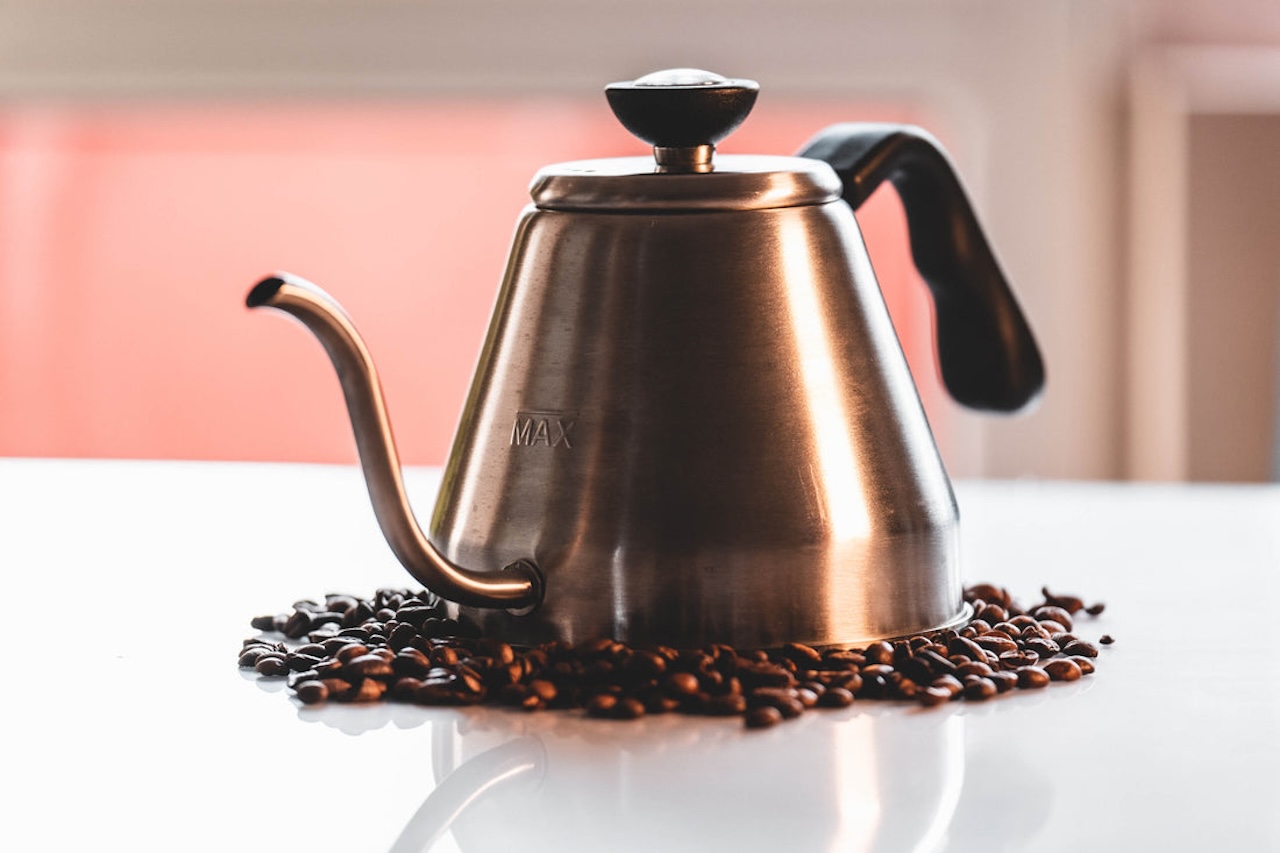
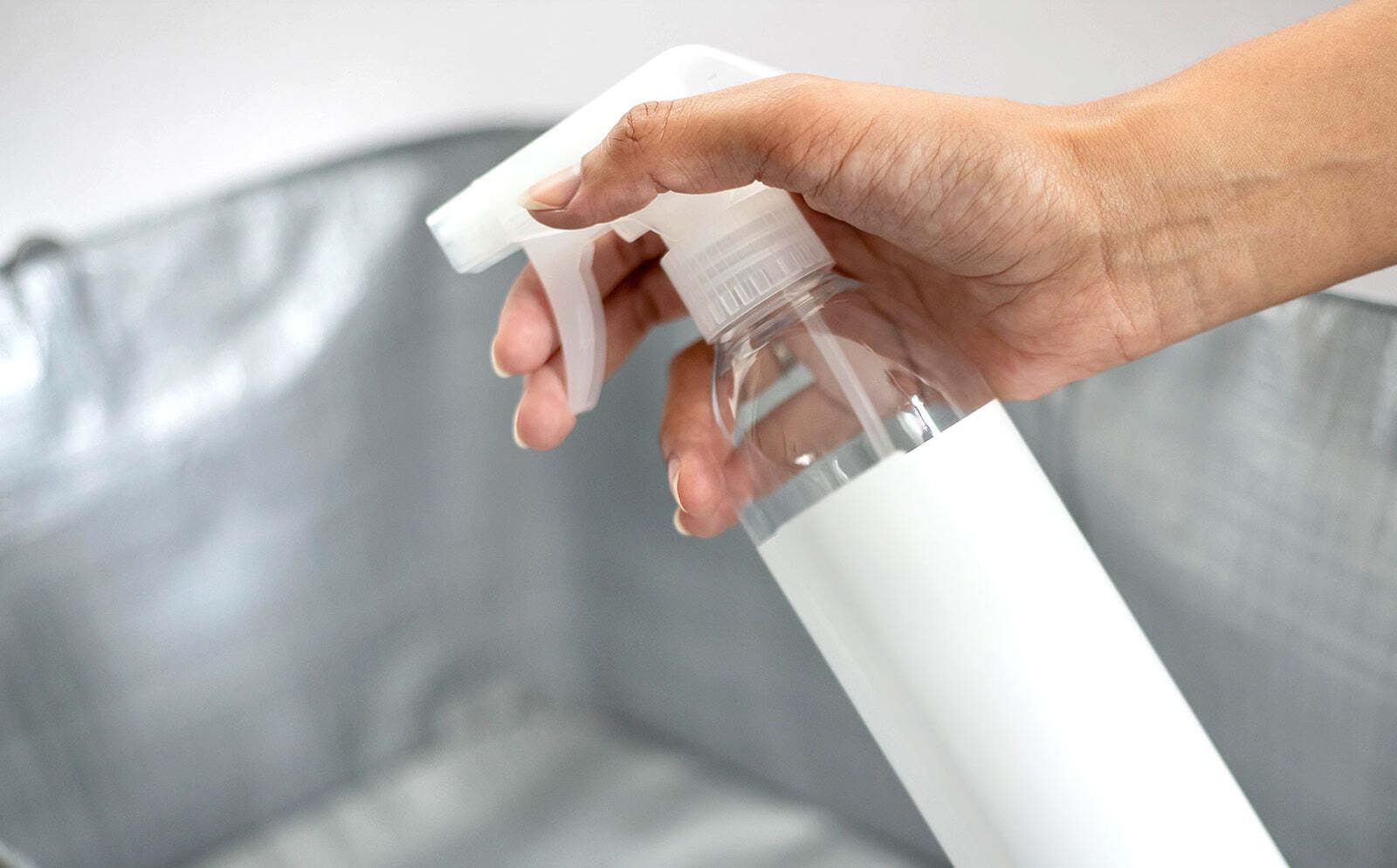

0 thoughts on “How To Clean A Kettle With White Vinegar”